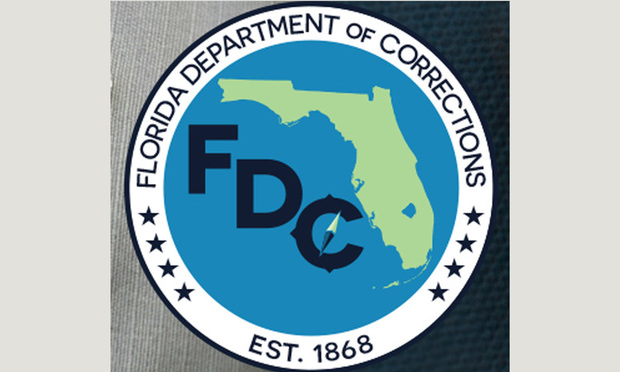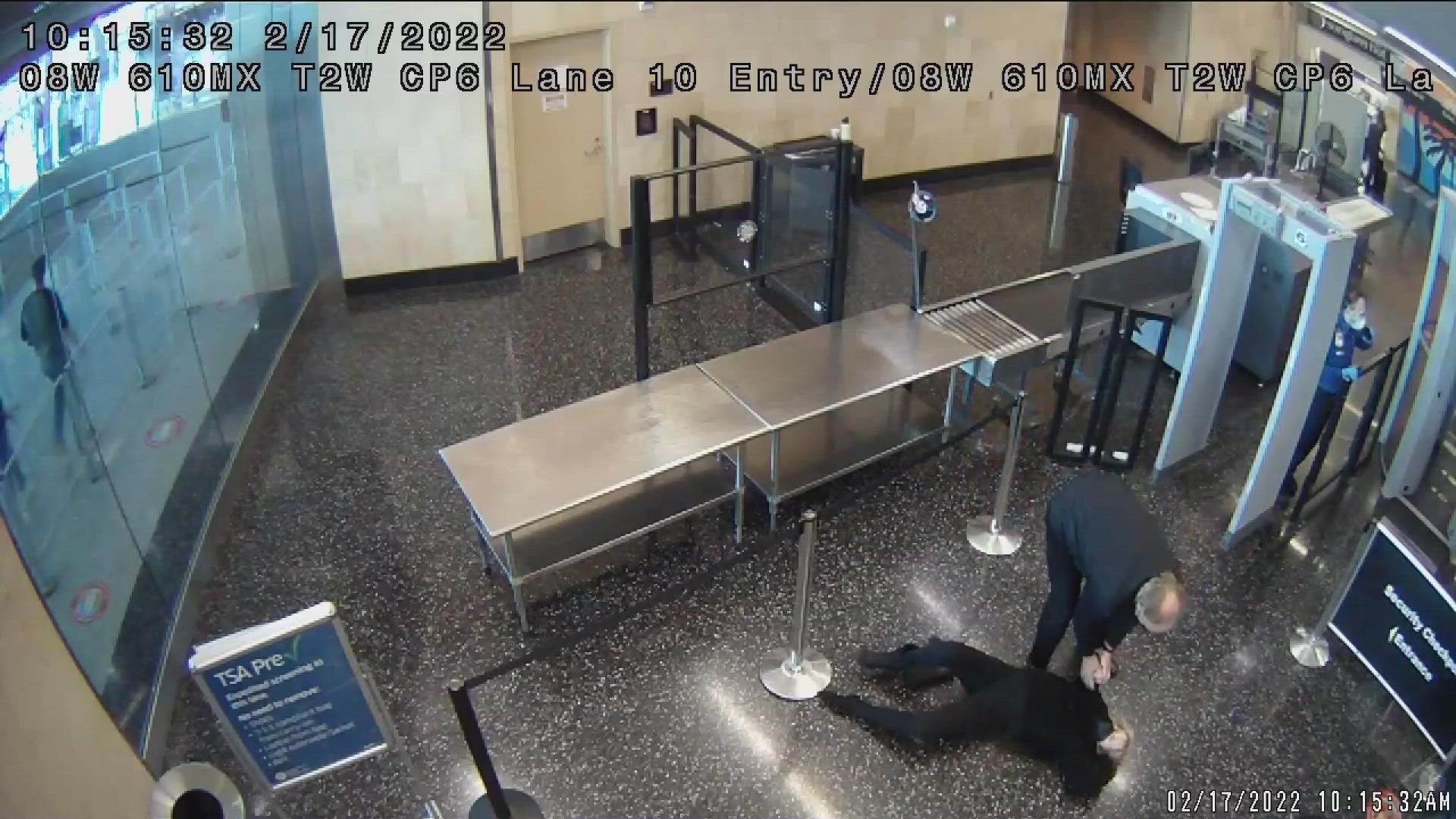Understanding the Florida Department of Corrections: An In-Depth Guide
The Florida Department of Corrections (FDC) plays a pivotal role in the state’s criminal justice system. As one of the largest state departments of corrections in the United States, it oversees a vast network of facilities and programs aimed at rehabilitating offenders and ensuring public safety. This article delves into the structure, functions, and initiatives of the FDC, providing a comprehensive overview for those interested in understanding its operations and impact.
Key Takeaways

- The Florida Department of Corrections is responsible for managing the state’s correctional facilities and supervising offenders.
- FDC focuses on rehabilitation, education, and reintegration of inmates into society.
- The department employs various programs and initiatives to reduce recidivism and promote public safety.
- Understanding the challenges and reforms within the FDC can offer insights into the broader criminal justice system in Florida.
The Structure of the Florida Department of Corrections
The Florida Department of Corrections is a vast and complex organization. It is responsible for overseeing the incarceration and supervision of over 80,000 inmates and nearly 150,000 offenders on community supervision. The department is structured into several divisions, each dedicated to specific aspects of correctional management and offender rehabilitation.

Leadership and Administration
At the helm of the FDC is the Secretary of Corrections, who is appointed by the Governor of Florida. The Secretary oversees the department’s operations, ensuring compliance with state laws and regulations. Under the Secretary, there are several divisions, including:
- Office of Institutions: Manages state correctional facilities.
- Office of Community Corrections: Supervises offenders on probation and parole.
- Office of Reentry: Focuses on programs and services that aid in the reintegration of inmates into society.
Correctional Facilities
The FDC operates a network of correctional facilities across the state, including:

- State Prisons: Houses inmates serving long-term sentences.
- Work Camps: Provides opportunities for inmates to engage in labor and vocational training.
- Community Release Centers: Facilitates the transition of inmates back into the community.

Rehabilitation and Education Programs
Central to the mission of the Florida Department of Corrections is the rehabilitation of offenders. The department offers a variety of programs aimed at reducing recidivism and preparing inmates for successful reentry into society.
Educational Opportunities
Education is a key component of the FDC’s rehabilitation efforts. Inmates have access to a range of educational programs, including:
- GED Preparation: Helps inmates obtain their high school equivalency diploma.
- Vocational Training: Provides skills in trades such as carpentry, welding, and culinary arts.
- Post-secondary Education: Offers college courses through partnerships with local colleges and universities.

Substance Abuse Treatment
Recognizing the link between substance abuse and criminal behavior, the FDC provides comprehensive treatment programs. These include:
- In-Patient Treatment: Intensive programs for inmates with severe addiction issues.
- Out-Patient Counseling: Support for inmates with less severe substance abuse problems.
- Aftercare Services: Continued support for inmates post-release to prevent relapse.
Challenges and Reforms
The Florida Department of Corrections faces several challenges, including overcrowding, budget constraints, and the need for reform. In recent years, the department has undertaken various initiatives to address these issues and improve the effectiveness of its operations.
Addressing Overcrowding
Overcrowding is a persistent issue within Florida’s correctional facilities. The FDC has implemented measures such as expanding community supervision programs and increasing the use of electronic monitoring to alleviate this problem.
Budget and Resource Management
With limited resources, the FDC must prioritize its spending to maximize efficiency. This includes investing in programs proven to reduce recidivism and reallocating funds to areas where they are most needed.
Reform Initiatives
The FDC is committed to continuous improvement and reform. Recent initiatives include:
- Enhancing Staff Training: Ensuring correctional officers are equipped with the skills needed to manage inmates effectively.
- Expanding Mental Health Services: Addressing the mental health needs of inmates to promote rehabilitation.
- Improving Data Collection: Utilizing data to inform policy decisions and improve program outcomes.
The Impact of the Florida Department of Corrections
The FDC’s work extends beyond the walls of its correctional facilities, impacting communities throughout Florida. By focusing on rehabilitation and reintegration, the department aims to reduce recidivism and enhance public safety. Successful reintegration of former inmates can lead to reduced crime rates and stronger communities.
Community Engagement
The FDC actively engages with community organizations, local governments, and other stakeholders to support the reintegration of former inmates. These partnerships are crucial in providing the necessary resources and support for successful reentry.
Recidivism Reduction
Reducing recidivism is a primary goal of the FDC. Through its various programs and initiatives, the department strives to equip inmates with the skills and support needed to lead productive, crime-free lives post-release.
The Florida Department of Corrections plays a critical role in the state’s criminal justice system. By managing correctional facilities and implementing programs focused on rehabilitation and reintegration, the FDC works to ensure public safety and reduce recidivism. Understanding the department’s structure, challenges, and initiatives provides valuable insights into the broader efforts to reform and improve the criminal justice system in Florida.







